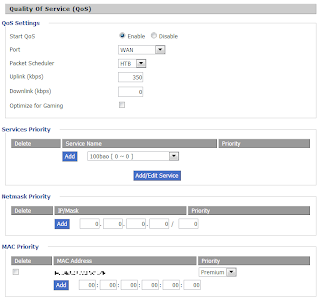If you've been following my path to
VoIP you know that one of my next steps was to install Comcast Internet. I did that recently after a fruitless discussion with AT&T about retaining me as a customer after nearly 40 years. They didn't seem interested.
As soon as the Comcast technician left following the install I fired up
speedtest.net. As expected it was way better than AT&T's DSL Extreme. But I had a nagging feeling that the pages themselves didn't come up as quickly as I expected.
I suspected DNS servers so I went to the router to see what it was given: 75.75.75.75. Off to Google with that
IP address and sure enough that is the Comcast DNS servers and the Internet is full of complaints about them.
One of the most thorough discussions was
here with this
illustration. Now I understand that many servers "rate limit / de-prioritize ICMP packet based ping" so a simple ping test is not sufficient as this
comment states.
But I tried it myself anyway.
The 8.8.8.8 server is Google's.
Even understanding the potential throttling of ping responses it seems that the Comcast DNS servers are less responsive than Google's.
I switched the DNS servers in the router to 8.8.8.8 and perceived that it was faster. I realize that this was purely subjective.
In trying to be more objective, I ran Steve Gibson's
Domain Name Speed Benchmark.
His test didn't show a significant difference.
What to do? I think I'm going to stick with Google's for the time being to isolate DNS services from my ISP as I switch providers.







